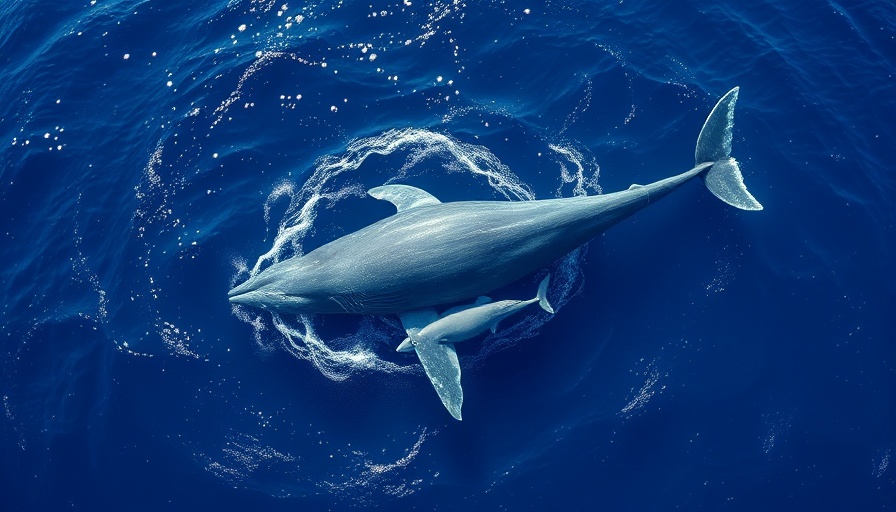
Humpback Whales Defy Expectations in Birthing Behavior
In an astonishing insight into the lives of humpback whales, recent research has challenged long-held beliefs regarding their birthing practices. Traditionally, scientists believed these majestic creatures gave birth exclusively in warmer, designated breeding grounds. However, findings around Tasmania and New Zealand reveal a surprising adaptability: humpbacks can deliver calves during their colossal migrations and in much cooler southern waters.
Understanding Migration Corridors
Historically, the migration patterns of humpback whales were viewed through a simplistic lens, where feeding and breeding were segmented into distinct seasonal activities. The research suggests a dynamic reality; rather than merely transitioning between feeding in summer and breeding in winter, humpbacks are engaging in crucial behaviors—like feeding and resting—within their migration corridors. This shifts our understanding of their migratory paths from being mere routes to essential habitats rich in resources.
Why This Discovery Matters
This revelation carries significant implications for conservation efforts. Recognizing that these whales utilize migration routes year-round urges us to consider their protection. Effective conservation strategies must account for the entirety of their behaviors and needs within these corridors, rather than just isolating them to specific breeding locations. A holistic approach ensures we protect their feeding, birthing, and migratory behaviors, ultimately benefiting the entire marine ecosystem.
The Interconnectedness of Marine Life
The findings underscore the intricate relationships between marine species. Humpback whales are not just solitary travelers; they play a pivotal role in ocean health, influencing biodiversity and stabilizing food chains. If we begin to understand their migratory and birthing practices from a broader ecological perspective, it emphasizes the necessity of preserving these migratory routes which harbor countless other marine organisms.
Community Engagement and Awareness
The marine environment’s health is a shared responsibility. Communities living in coastal areas and engaging in marine tourism need to recognize their role in preserving these majestic creatures. Beach clean-ups, responsible whale-watching practices, and advocating for policy changes are crucial steps in fostering awareness and respect for humpback whales and their habitats.
Final Thoughts: A Call to Action
The new insights into humpback whales provide an opportunity to reflect on our connection with nature. By recognizing the adaptability and resilience of these whales amid changing environments, we can inspire collective movements toward sustainability. Whether through supporting local conservation groups or simply educating ourselves and others about marine life, each action contributes to a larger effort to safeguard the natural treasures of our oceans.
 Add Row
Add Row  Add
Add 



 Add Row
Add Row  Add
Add 

Write A Comment